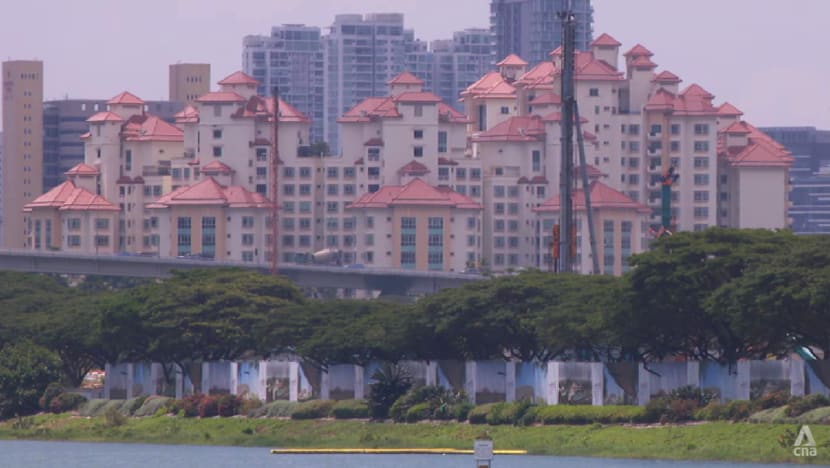Higher prices for new homes near waterfront expected under Singapore's plans to remake city centre: Analysts
There would be little impact on existing housing prices as the plans will be implemented gradually and over a long period, said one property analyst.

At Tanjong Rhu, which is currently made up of private housing, new Housing and Development Board (HDB) flats will be introduced so more Singaporeans can access affordable homes near the city centre.

This audio is generated by an AI tool.
SINGAPORE: Prime waterfront living will become more accessible, as development plans for Singapore’s city centre set aside land for housing, said real estate analysts.
But these locations are likely to come with a higher price tag, they stressed.
In his maiden National Day Rally speech last Sunday (Aug 18), Prime Minister Lawrence Wong highlighted five residential and mixed-use precincts to be developed near the waterfront.
Mr Wong said these redevelopments are major investments and will take decades to bear fruit, but it is critical to lay the foundations for a better Singapore now.
PRIME WATERFRONT LIVING
For instance, more than 10,000 new homes will be built at Marina South and Marina East. These areas can be sustainable and car-lite precincts, with cycling networks and pedestrian-friendly streets.
At Tanjong Rhu, which is currently made up of private housing, new Housing and Development Board (HDB) flats will be introduced so more Singaporeans can access affordable homes near the city centre.
The precincts of Nicoll and Kampong Bugis, which are near historic districts, will have new residential and recreational uses.

“They are either in the city area or they are at the fringe of the city area, but I believe the government also has the intention to build communities there that are more inclusive and not just sell the land to private developers to build private condominiums or mixed-use developments,” said Mr Nicholas Mak, chief research officer at property search portal Mogul.sg.
“The value or the price also depends on what kind of restrictions the government is going to put on the new developments there.”
HDB flats that will be built in these locations are likely to be in the Prime category, he added, referring to a classification of Build-To-Order (BTO) projects with the tightest sale conditions.
“They will probably come with a longer minimum occupation period and also other restrictions.”
Mr Mak believes prices for four-room BTO flats in the Nicoll and Kampong Bugis precincts, for instance, if launched within the next few years, could range from “S$800,000 (US$611,000) to just shy of S$900,000”.
“It's very likely not to cross that million-dollar benchmark,” he said, adding that there would be little impact on existing housing prices, as the plans will be implemented gradually and over a long period.
POSSIBILITIES TO IMAGINE, BUILD FUTURE CITY
Observers said Mr Wong’s long-term vision for the city centre is a good step forward, and Singaporeans will be encouraged to imagine what their future will look like.
“There’s a sensitivity on how people would actually be using places and how they would be enjoying certain things,” said architecture and sustainable design professor Erwin Viray of the Singapore University of Technology and Design.
“It seems like there is this openness of engaging everyone in a consultation, in a conversation, asking, 'What do you want, how do you want it done?’ And then working on ways of actually finding the appropriate solutions or maybe appropriate measures to respond to what people need.”
The development plans will help build more inclusive communities and redefine lifestyles for Singaporeans, said analysts.
Meanwhile, the Sri Manmatha Karuneshvarar Temple, which has been in Kampong Bugis for 87 years, is drawing up plans for the new community.
Mr Ashok Kumar, trustee and chairman of the temple, said: “We're looking at some programmes to try and reach out, and integrate, so that we all sort of live harmoniously together - things that will appeal to a wider population.”
Engaging the community is one way to better understand how to integrate new developments with historic landmarks, said Prof Viray.
“I think that in creating these places, the attention they pay to the past - manifested maybe by the structures or the heritage elements that are in the place - is very important,” he added.
“It is always challenging integrating the old and the new, but sometimes I think that it's also exciting to imagine the possibilities.”


















